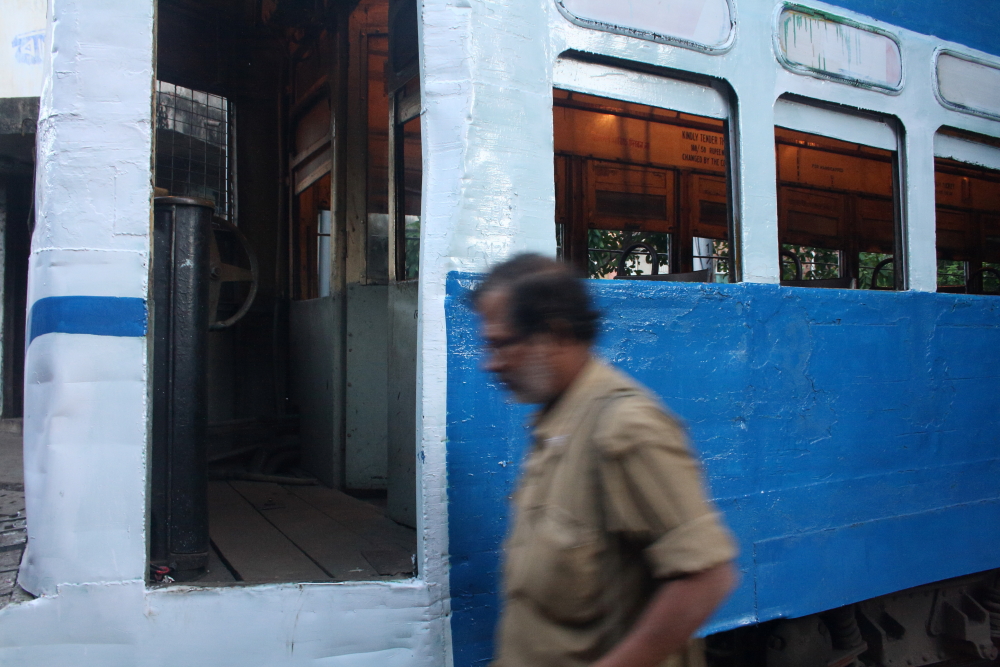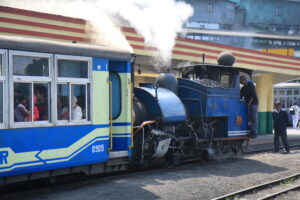How many of you have seen the movie “Mahanagar (Bengali: মহানগর)” by the famous Indian film director Satyajit Ray? Well if you are not a Bengali or an ardent movie buff, chances are you had not. I will not discuss the movie per se, but just for your curiosity, the screenplay is based on 1950s Calcutta. It’s a story of a middle-class Bengali wife who took a saleswoman’s job to support her family financially. And Ray introduced Kolkata in the first sequence of the movie with the visual of a running tram. Being the cheapest mode of conveyance, the tram used to be the transportation of choice for the Bengali middle class in that era.
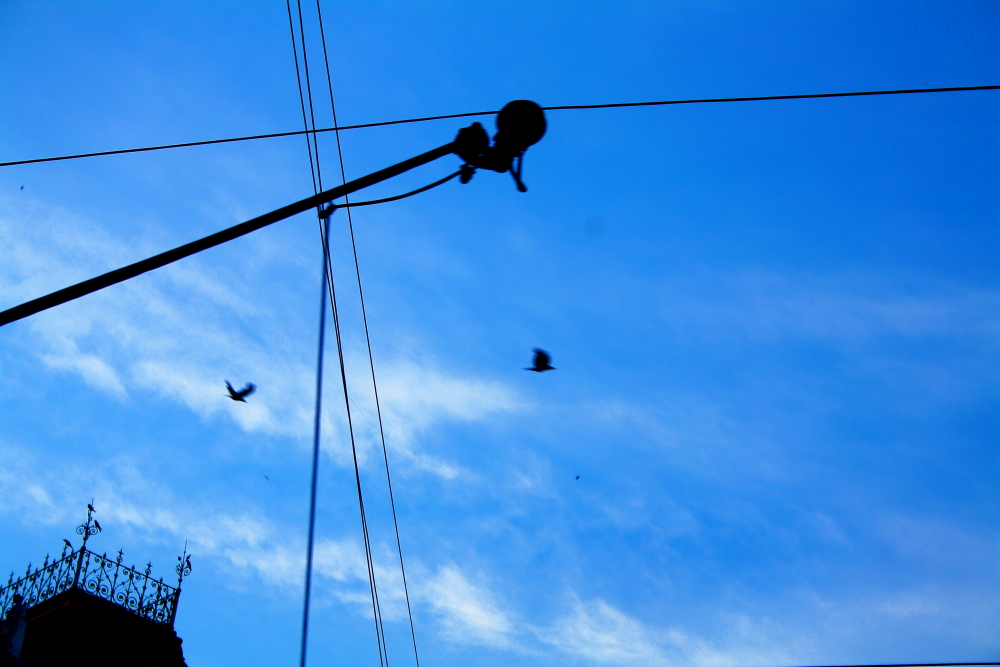
I also belonged to a middle-class Bengali family. But my story with the Kolkata tram started four decades later when I first came to Kolkata in 1990 due to my father’s job. There were two things that I was very keen to experience in my first visit to the “City of Joy” – riding a ferry and boarding a tram. I can still remember it was my first day in Kolkata when we came to see our rental home before we permanently shift to the “Mahanagar”. On our way back, I enjoyed my first ferry ride across the Ganges. But it was a few months later when I first boarded a tram. A ride from Behala tram depot to Ballygunge tram depot in 27 number tram was my first tram journey in Kolkata.
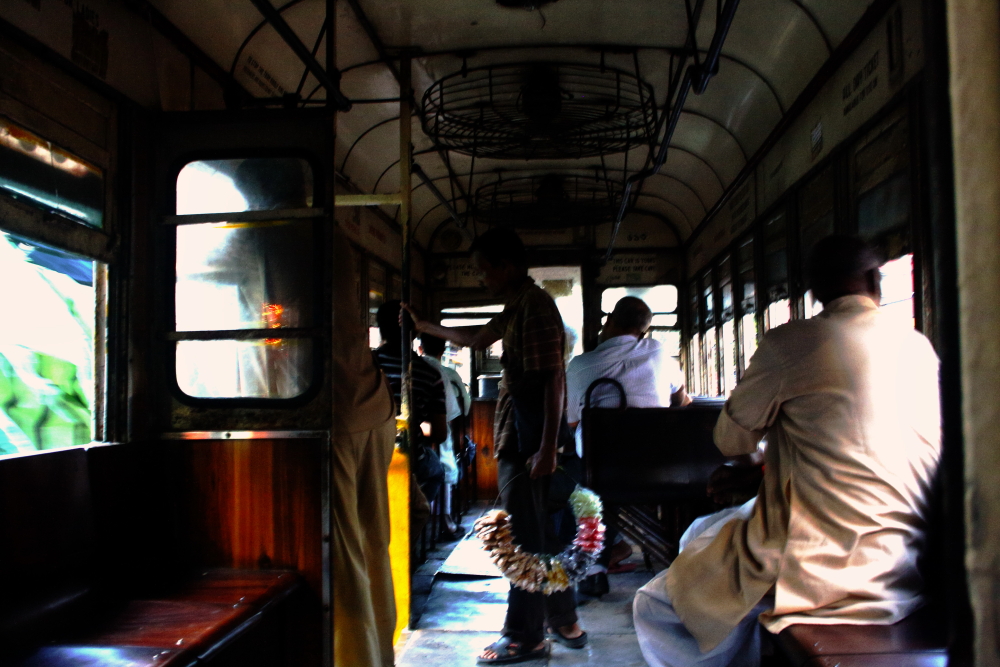
Read more: Why You Should Actually Visit Darjeeling in Monsoon
Calcutta Tram and The Colonial Era
The history of the tram in India dated almost 150 years back when the British East India Company introduced the first-ever horse-drawn tram in Kolkata which run between Sealdah and Armenian Ghat street on 24th February 1873. But the service was discontinued in November that year.
Then almost 7 years later the famous Calcutta Tramways Company was formed and registered in London. Metre-gauge horse-drawn tram tracks were laid from Sealdah to Armenian Ghat via Bowbazar Street, Dalhousie Square and Strand Road. And the service resumed in the year 1880.
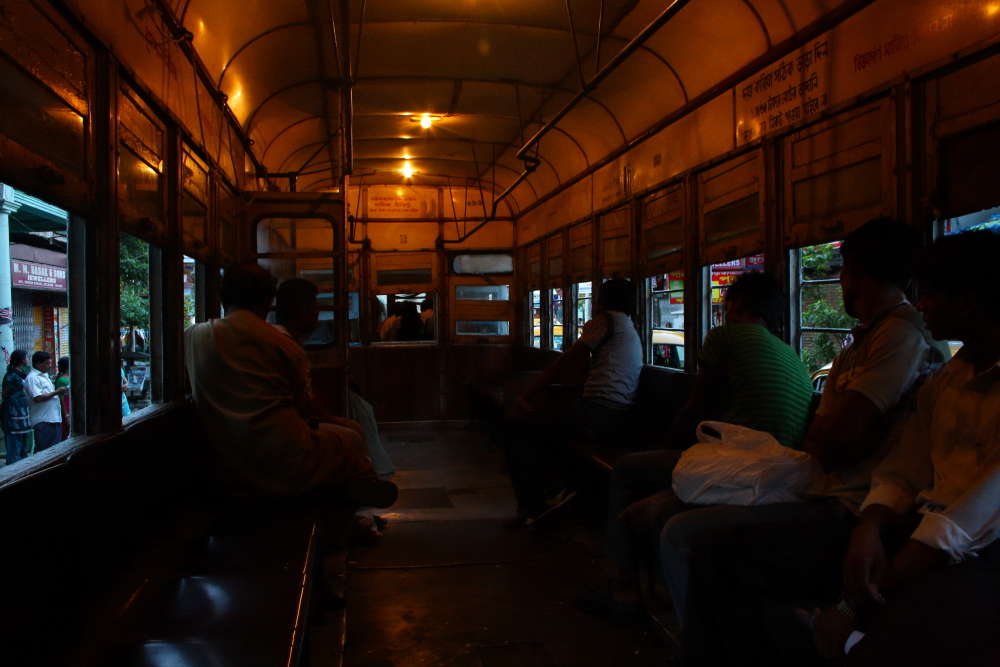
In 1882, a major evolution took place when steam locomotives were introduced to haul tram cars. While the first electric tramcar in Calcutta ran from Esplanade to Kidderpore on 27 March 1902, and service from Esplanade to Kalighat was introduced on 14 June of that year. In the next 40 years, many new lines were laid to extend the route throughout the city. And by 1943 total track length reached close to 70 km.
Post-Independence Nationalisation of Tramways
Four years after Independence, the Government of West Bengal entered an agreement with Calcutta Tramways Company and Calcutta Tramways Act was enacted. It gave the power to the government to acquire the company with a notice period. In 1967 the government passed the Calcutta Tramways Company Act and assumed the management. Finally, in 1976 Calcutta Tramways Company has been nationalised by an ordinance.
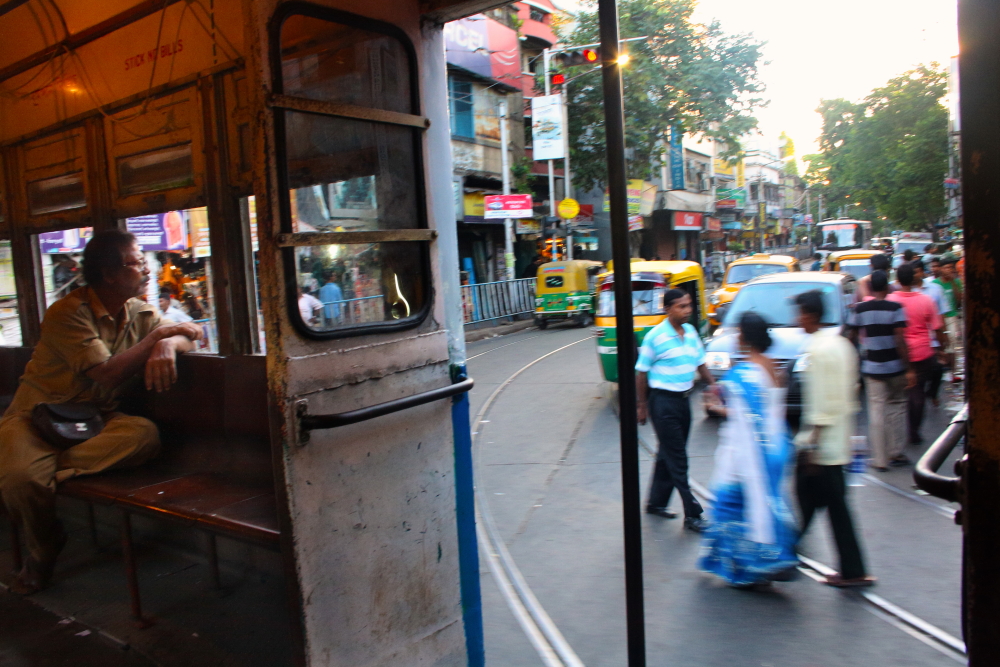
From 1990 onwards, Kolkata had seen a decrease in tram routes. The economic liberalisation in India initiated the urge for a faster life at par with the global speed. The idea was to widen the roads and build new flyovers to decrease transport time inside the city. And sacrificing the tramways in Kolkata was the call of the hour. Many tram routes were closed gradually, and tram tracks were uprooted to reduce the traffic congestion on busy roads.
The Future of Kolkata Tram
Since its first run nearly 150 years back, Tram is an inherent part of the history of Kolkata. Although the need for speed and the lack of road space compelled the government to close many tram routes in Kolkata, we did not wipe it out unlike other metro cities of India. Kolkata still is the only proud owner of the tram system in India.
The future of the Kolkata tram looks promising as well. In today’s world where electric mobility is the new economic mobility, we already had our tram with us for more than a century. Tram is a perfect example of electric mobility that is a sustainable and environment-friendly mode of transport to reduce pollution.
We need a little up-gradation of the tram system which has been in effect already. New air-conditioned coaches, increased coach size to accommodate more passengers, single coach tram to run faster and tram-tourism to make it more attractive to tourists; all are part of this initiative.

Read more: Trip to Ayodhya Hills in Purulia | A Perfect Weekend Destination from Kolkata
Tram Tourism in Kolkata
Joy Ride – Heritage Tour
The first air-conditioned tram in India was launched in Kolkata in 2013. Choroibeti and Rupashi Bangla, as they were named, thereafter was decorated lavishly to start joyride cum heritage tour of north and central Kolkata. The ride was from Esplanade depot to Park Circus and back. En route, the trams used to stop at Mother House and South Park Street Cemetery. Unfortunately, this ride did not become popular and therefore, was called off.

Tram Heritage Cafe and Museum (Smaranika)
“Smaranika” – the Tram Museum in Kolkata was inaugurated in the year 2014. It is inside a refurbished 1938 vintage tram. This has a wooden exterior like the good old days. Simultaneously, the interior is modified to display interesting memorabilia about trams and its journey from the day of inception to recent times.
There is a small cafeteria inside the museum itself where you can enjoy a cup of tea while watching a documentary on Kolkata trams.
The tram museum is located near WBTC (West Bengal Transport Corporation Limited, erstwhile Calcutta Tramways Company Ltd) Terminus in Esplanade, Kolkata.
Entry Time: 1 pm – 8 pm (All days except Thursday)
Entry Fee: ₹10
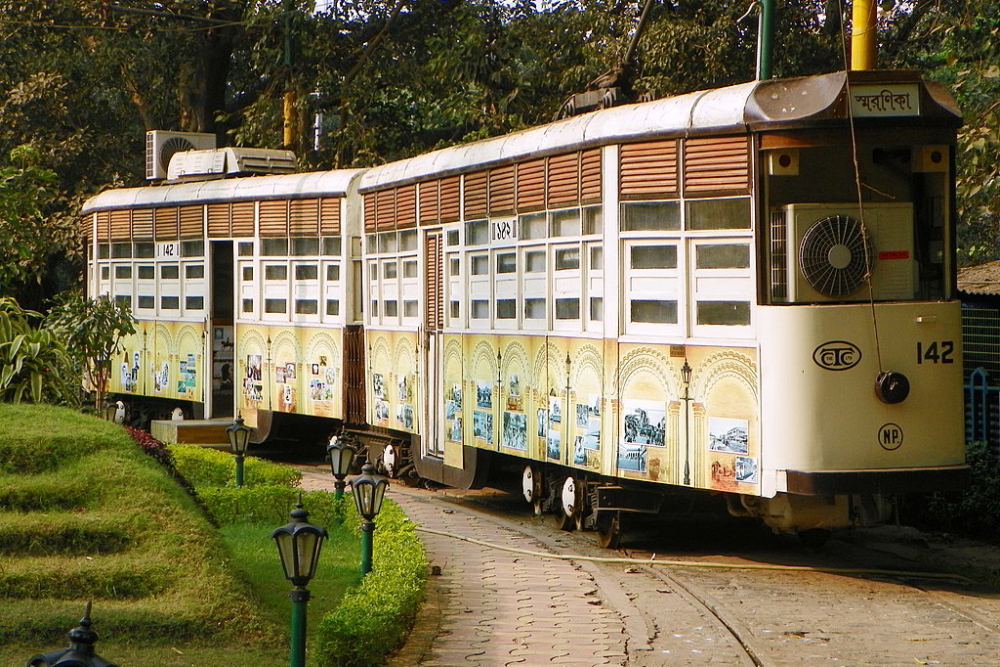
Restaurant on Wheels (The Victoria – A Tramcar Restaurant)
“The Victoria” is an airconditioned restaurant inside a moving tram where you can enjoy vegetarian and non-vegetarian food at ₹799 and ₹999 respectively during a 90 minutes ride from Esplanade to Khidirpur and back. This was inaugurated in October 2018, and since then it makes two rides each during lunch and dinner hours.
The attractive exterior with the nicely decorated interior, musical ambience, and onboard bio-toilets facilities make it a one of a kind experience that you should not miss if you are visiting Kolkata.
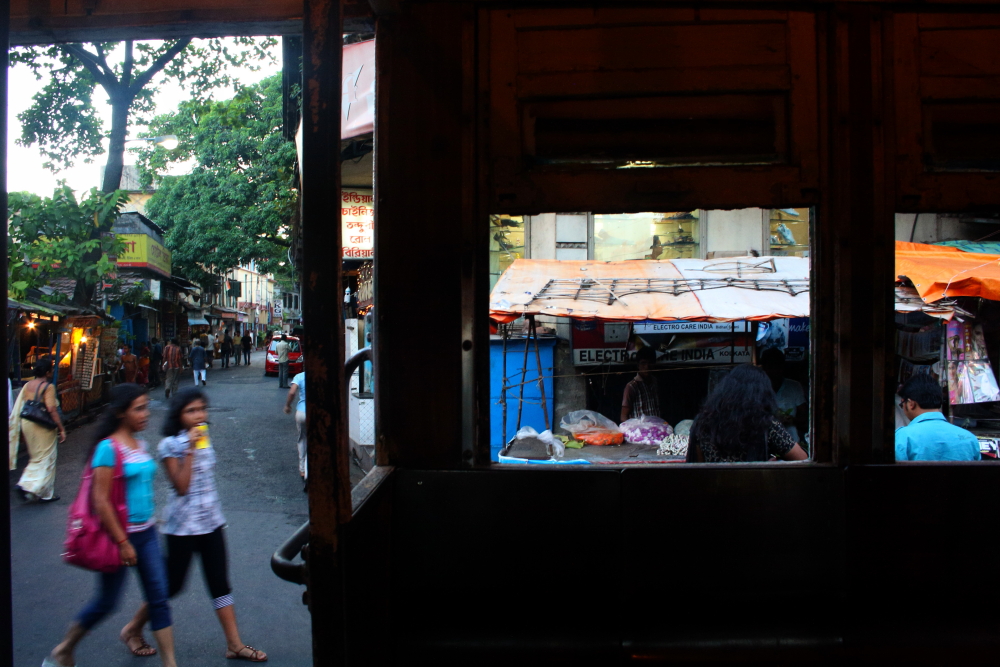
Some Interesting Facts About Kolkata Tram
- It is the second oldest tram system in Asia.
- Kolkata saw the run of the first horse-drawn tram in 1873.
- Calcutta Tramways Company (CTC) was formed in 1880.
- The first electric tram ran in Kolkata in the year 1902.
- The first vehicle to cross Howrah Bridge was a tram.
- In recent Bollywood movies like Kahani (2012), Barfi (2012), Piku (2015) and Detective Byomkesh Baksi (2015); you can see the visuals of the tram as a signature depiction of Kolkata along with its yellow taxis.
- At present, Kolkata tram is the only operating tram system in India. The famous two lines by Majrooh Sultanpuri written for 1956 Bombay “Kahin building, kahin tram-e, kahin motor, kahin mill; milta hain yahan sab kuch, ek milta nahi dil” does not stand for Mumbai anymore. Mumbai had closed all of its tram service in 1964. If you want to experience all of them in today’s India, you must visit Kolkata. I bet you’ll fall in love with Kolkata Tram for sure.
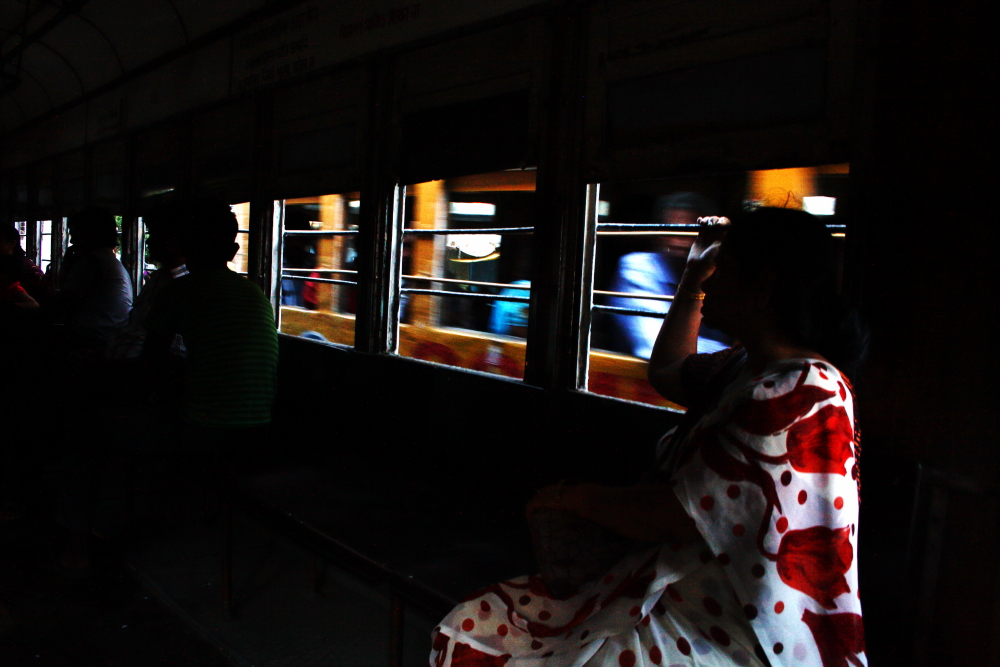
pin it!!
